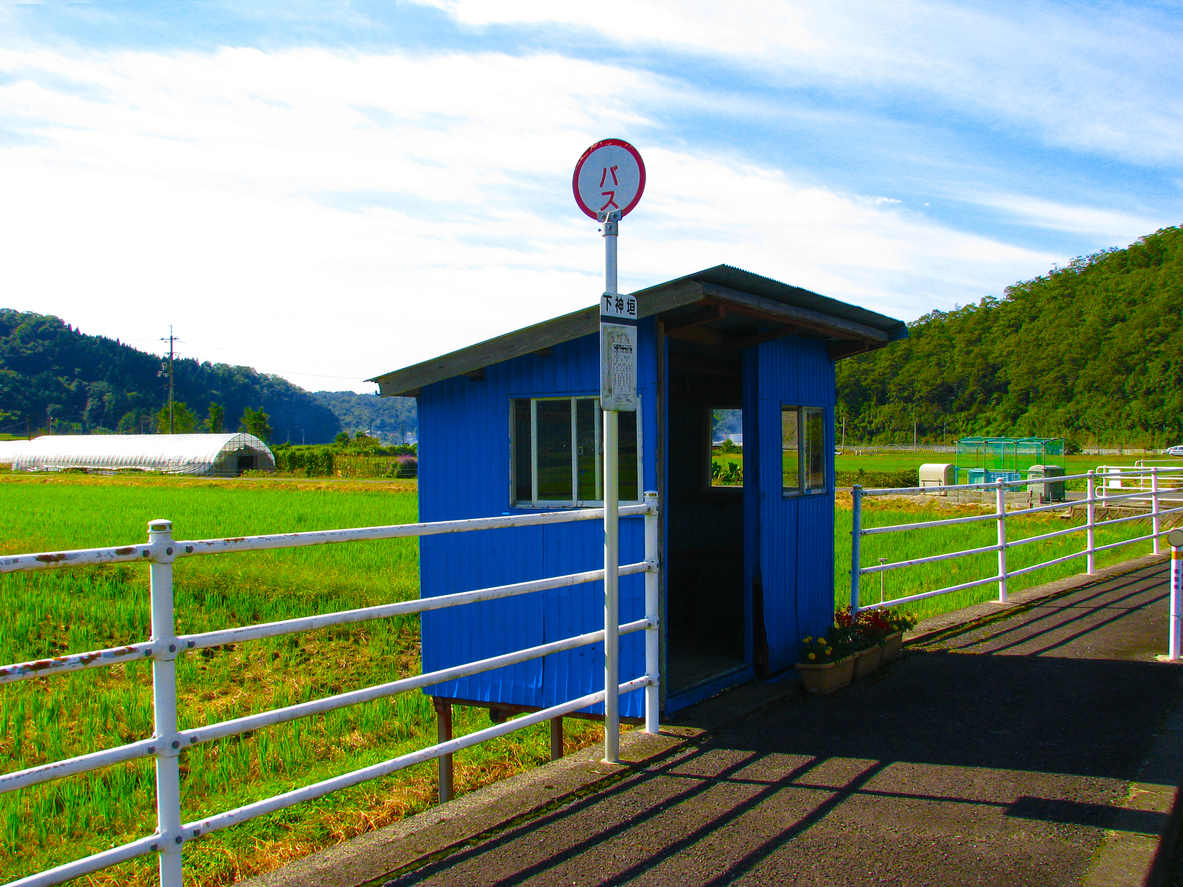2021/09/27
Will Local Areas Benefit from Automated Trains? – JR East to Start Business Operation on Conventional Lines

(The original article in Japanese was posted on March 12, 2021)
On March 8, The East Japan Railway Company (JR East) showed to media a test run of a train equipped with the automatic train operation (ATO) on Joban Line, and will start its business operation on the same line on March 13. The “Port Liner” (in Kobe), started its operation in 1981, was the world’s first automated train. Since then, automated trains have been putting into practical use in new transportation systems and subway system backed by the world-class automated train technologies of Japan.
As far as JR East is concerned, an experiment on Yamanote Line conducted in 2018 is still fresh in my memory. What JR East aims for is the establishment of an advanced system that is flexible with specific operating conditions that change depending on the time, and their final goal is to achieve the “driverless operation,” where only a train crew/train crews will be on the train to stand by for passenger care in any emergency cases.
Labor shortage and decline in demand of coming and going due to the decreasing population and the progressing remote work and other social activities are inevitable. Although productivity enhancement is the primary purpose of the automated operation, the current system is based on the automatic train control (ATC) technology, installation of platform doors and the operation without railroad crossings, which limits the use of the “driverless operation” to the elevated and the underground parts of railway train lines. This means that the local conventional lines are not intended for the “driverless operation.”
While big cities are increasing the productivity, some local areas are still far from regional vitalization. Who caused a stir in this situation was Ryobi Group (in Okayama). This company operates fixed-route buses throughout Okayama prefecture, but many of them are in the deficit. They had been managing to maintain their businesses by covering the losses with the operation of city buses in the black. However, a new company offering cheap bus fares for those routes has entered the market. Regarding this matter, The Ryobi Group claimed that “the principle of market competition and responsibility for public transportation are incompatible with each other (This Week's Focus, February 23, 2018).
In response to this issue raised by Ryobi, The National Diet of Japan took action. A bill to amend part of the Act on Revitalization and Rehabilitation of Local Public Transportation Systems was enacted in autumn last year, which included following regulations regarding new entrants: establishment of a council including local public bodies, exclusion from application of cartel regulation based on the Antimonopoly Act for operation schedules and train fares.
Basic idea of the law amendment is that “the local community itself designs public transportation in the area.” It is advancement that the uniform application of the deregulation throughout the country was reconsidered. However, there is no definitive answer yet for how to maintain the public transportation network in the whole nation. Many local public transport operators such as The Hokkaido Railway Company (JR Hokkaido) and The Shikoku Railway Company (JR Shikoku) fell into financial difficulties. Individual operators’ self-reliance no longer solves the difficulties. The “local area” can exist only after people, their lives, and their culture have existed. Does the infrastructure supporting the local areas healthily function? The issues concerning the basis of people’s lives in local areas are the issues of national land policy, and in other words, the issues of national security. Although it has been 10 years since the Great East Japan earthquake, both of reconstruction of disaster-affected areas and regional revitalization are still halfway through the achievement.
This Week’s Focus, March 12
Takashi Mizukoshi, the President